3 min read
Growing a Brighter Tomorrow
Here at UGM, we are so blessed to have such incredible, generous partners, like our friends at Hansen’s Green Bluff Orchard! Having a heart for those...
3 min read
 Barbara Comito, former marketing director
:
July 12, 2021
Barbara Comito, former marketing director
:
July 12, 2021
Homeless shelters exist to give people a meal and a bed so no one ends up sleeping on the street, right?
If a local homeless shelter has empty beds available, why would anyone sleep under a bridge? Or, asked another way, if a homeless shelter has empty beds available, why would they turn anyone away? I had visited homeless shelters from Nebraska to Los Angeles, and still, I didn’t see how those questions could be answered with anything other than: “Come to me, all you who are weary and heavy laden, and I will give you rest for your souls.”(Matthew 11:28-30)
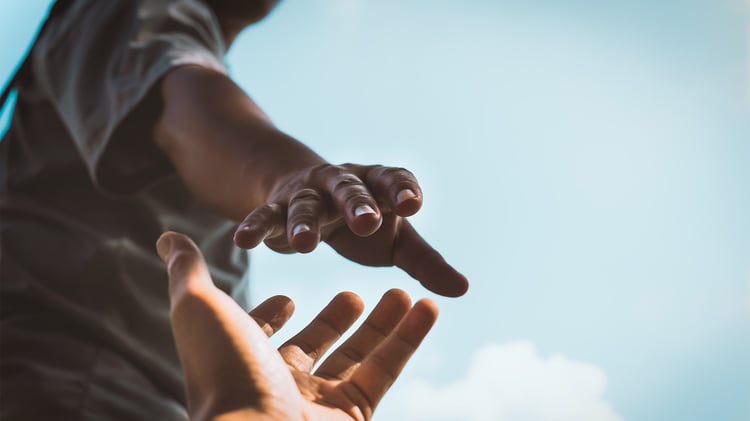 What Would Jesus Do?
What Would Jesus Do?I love simplicity. Maybe you do, too. I know a lot of people who criticize UGM think the answer to homelessness is simple. They are confident they know exactly what Jesus would do. “Jesus loves everyone. Jesus wouldn’t turn anyone away.”
On the other hand, I don’t know anyone who is doing the work who thinks the answers are simple. They may disagree wildly about how to care for people experiencing homelessness, but the people on the front lines, the people in the trenches, know it isn’t simple. Because human character isn’t simple. Trauma isn’t simple. Addiction isn’t simple. Mental health isn’t simple.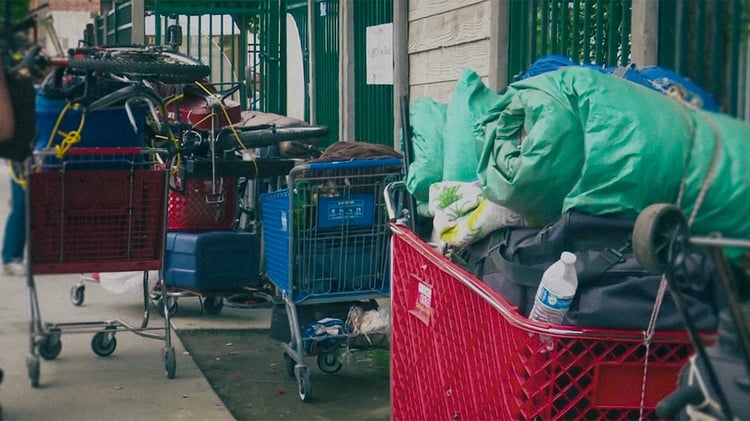 Most people who are living on the streets have been deeply hurt, and healing is going to require much more than a meal and a bed. They may be mentally ill. They may be actively using. They may be lashing out at others. They may not feel comfortable staying in a dorm room with multiple other people.
Most people who are living on the streets have been deeply hurt, and healing is going to require much more than a meal and a bed. They may be mentally ill. They may be actively using. They may be lashing out at others. They may not feel comfortable staying in a dorm room with multiple other people.
This is where the idea of a “continuum of care” comes in – a whole spectrum of services that starts with something simple like a meal and a bed but progresses to health care, counseling, case management, supportive housing, job training and more. The continuum of care recognizes that people experiencing homelessness are individuals with a unique combination of struggles and needs.
Toward the beginning of this continuum is low-barrier shelter. A low-barrier shelter is a shelter where a minimum number of expectations or requirements are placed on the people who wish to stay there. (No-barrier shelter would be a shelter where no requirements are placed on guests.)
Guests are typically allowed to stay while under the influence of alcohol or drugs and even to continue to engage in street activity or substance abuse. There is no requirement that they work toward sobriety or recovery. The philosophy behind low-barrier shelters centers on “harm reduction”: minimizing the risks and consequences of certain behaviors, rather than prohibiting the behavior itself. The focus is keeping people alive, especially in inclement weather and hazardous air conditions.
Also referred to as abstinence-based or dry shelter, high barrier shelters do place requirements on their guests. UGM is considered to be high-barrier because guests are expected to abstain from alcohol and illegal drugs, and to participate in community life by doing a chore. They are also expected to attend chapel and be working toward the resolution of the issues that brought them through our doors in the first place. All guests meet with a case manager within two weeks of arriving and begin to create a plan to help them to return to society as contributing members.
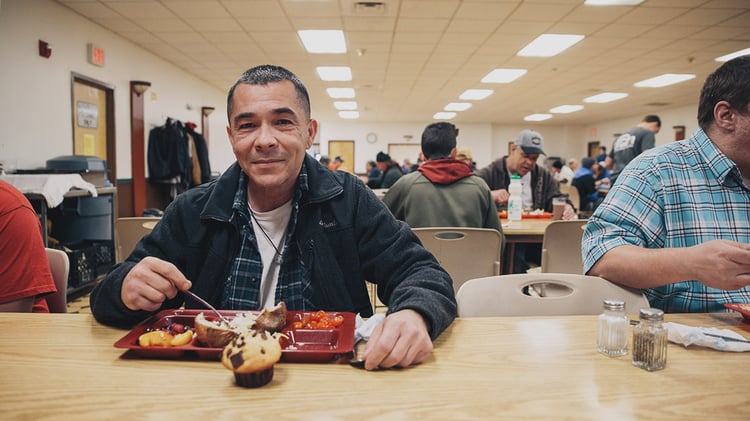 All these requirements are directed at one goal: creating a safe, healing community for people seeking life change.
All these requirements are directed at one goal: creating a safe, healing community for people seeking life change.
A safe, healing community means love is extended through warm meals, clean beds, and hot showers. It also means the absence of drugs and alcohol.
Kimmi, who now works for UGM, spent decades in addiction before turning to the UGM Women & Children's Shelter herself. She says the high barriers are what made the difference for her. “If I was sitting next to Sally Sue, and she was getting loaded, I would be following her out of the building. So, not having to be right in it is a good thing. It’s what kept me sober. It kept me from using because I didn’t want to go back to living on a couch in that environment. I was in a place that I could actually move forward. They were showing me that I could make it better for myself… I could change my future.”
“They were showing me that I could make it better for myself… I could change my future.”
 We believe the best way to change futures is to create a safe, healing environment where people are loved through the provision of their basic needs, while being held accountable for their choices. People are listened to and believed. Their trauma is held in sacred trust. They take risks and try new things. They learn to have fun without needing to use substances. They no longer define themselves by their past mistakes. They participate in a community where they both contribute and receive acceptance and love.
We believe the best way to change futures is to create a safe, healing environment where people are loved through the provision of their basic needs, while being held accountable for their choices. People are listened to and believed. Their trauma is held in sacred trust. They take risks and try new things. They learn to have fun without needing to use substances. They no longer define themselves by their past mistakes. They participate in a community where they both contribute and receive acceptance and love.
Low-barrier shelters are necessary. They keep people alive and sometimes help them to stabilize, but UGM’s role in the community isn't merely keeping people alive. UGM's role is to provide the next steps for people who are ready to change. And that requires a shelter with both compassion and accountability.
If this interested you, dive a little deeper with our free Homelessness 101 e-book.
Editor's Note: This post was originally published on July 12, 2021 and has been thoroughly updated for accuracy and comprehensiveness.
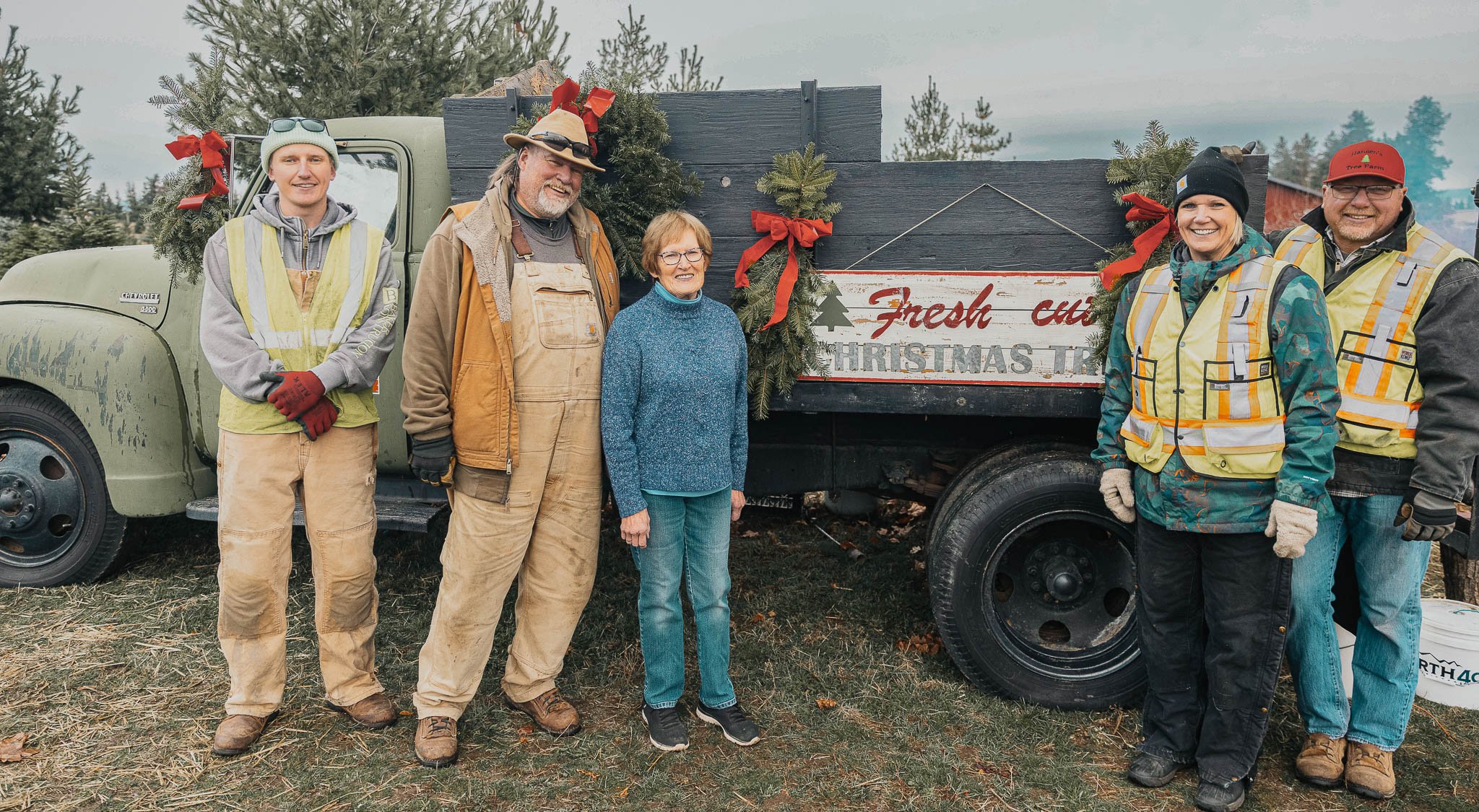
3 min read
Here at UGM, we are so blessed to have such incredible, generous partners, like our friends at Hansen’s Green Bluff Orchard! Having a heart for those...
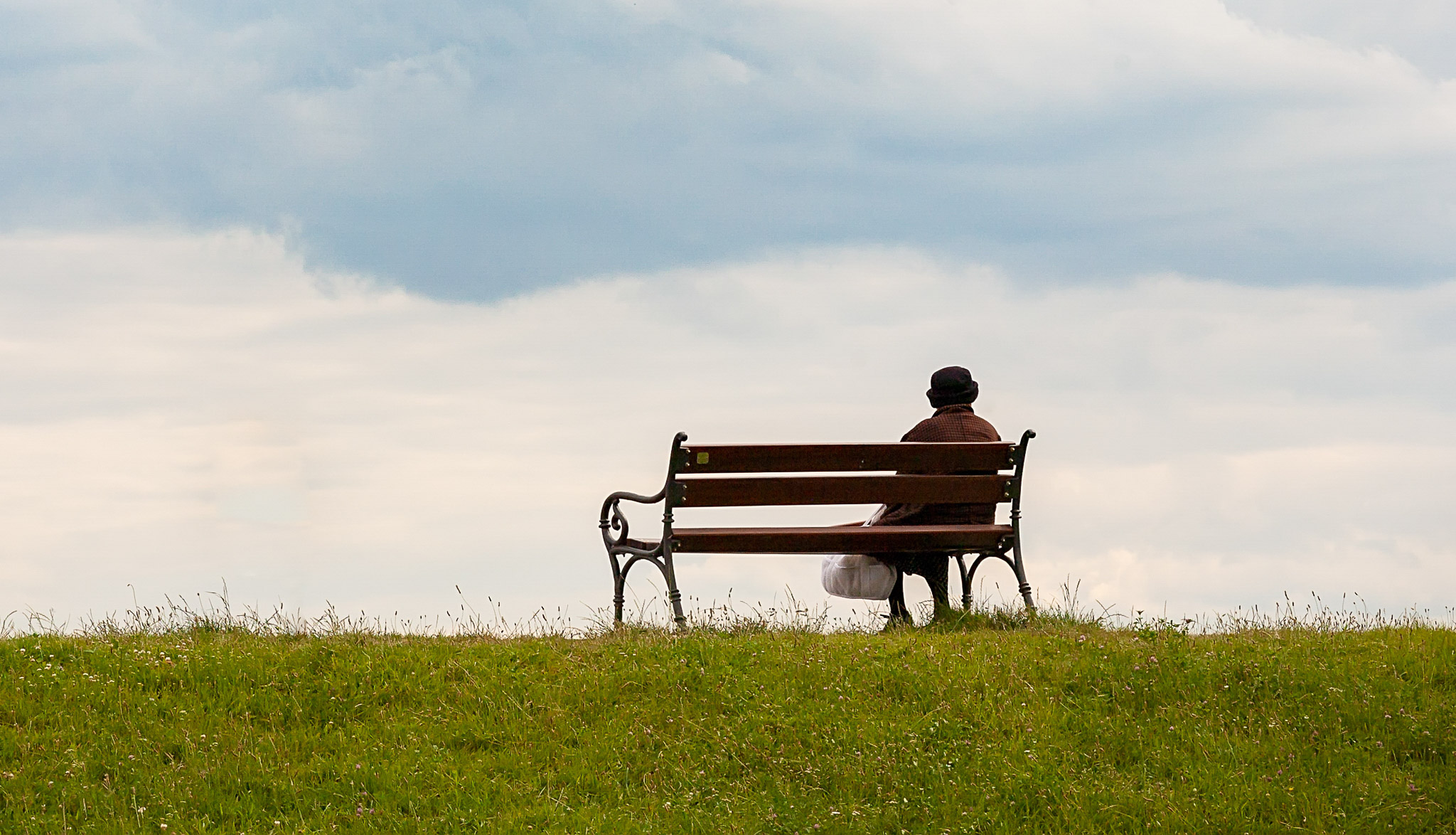
2 min read
At Union Gospel Mission, healing often begins with looking back. As part of our Life Recovery Program, participants are invited to reflect on their...
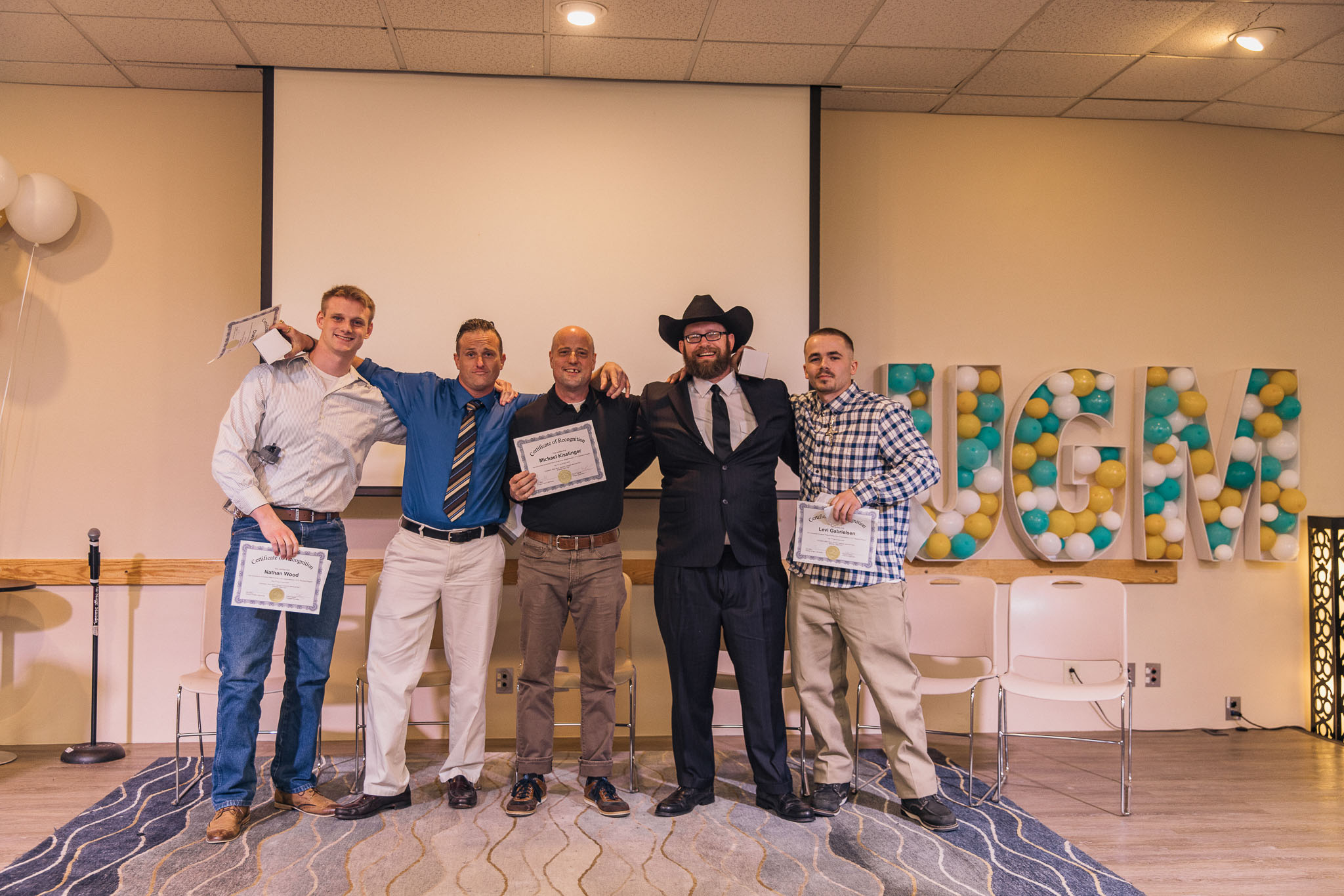
2 min read
Homelessness is a deeply layered crisis—one that requires compassion, resilience, and community to overcome. Because of your support, we don’t walk...
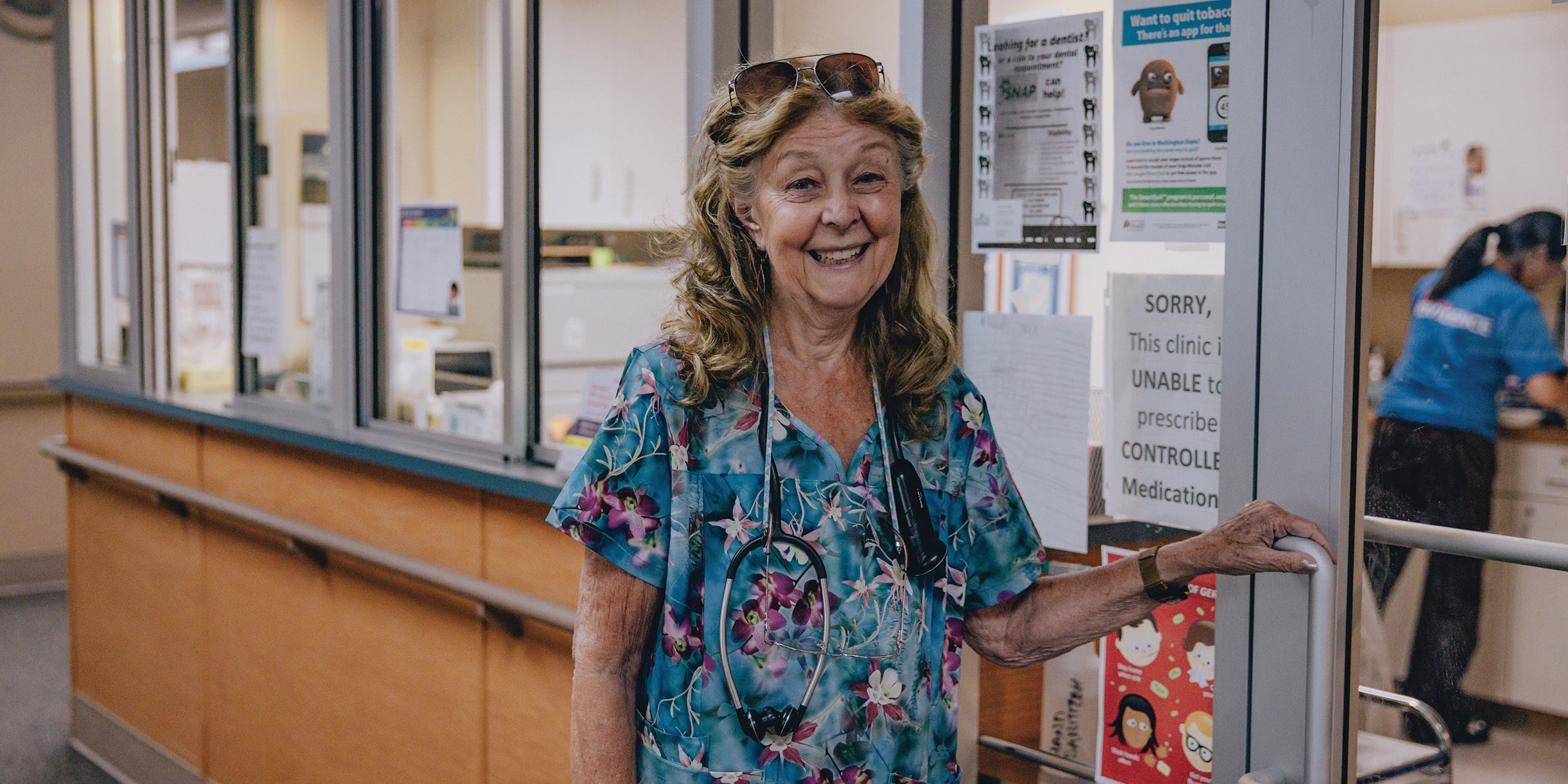
UGM received a remarkable gift when Nurse Practitioner Lorna Schumann joined the Medical Clinics as a volunteer.
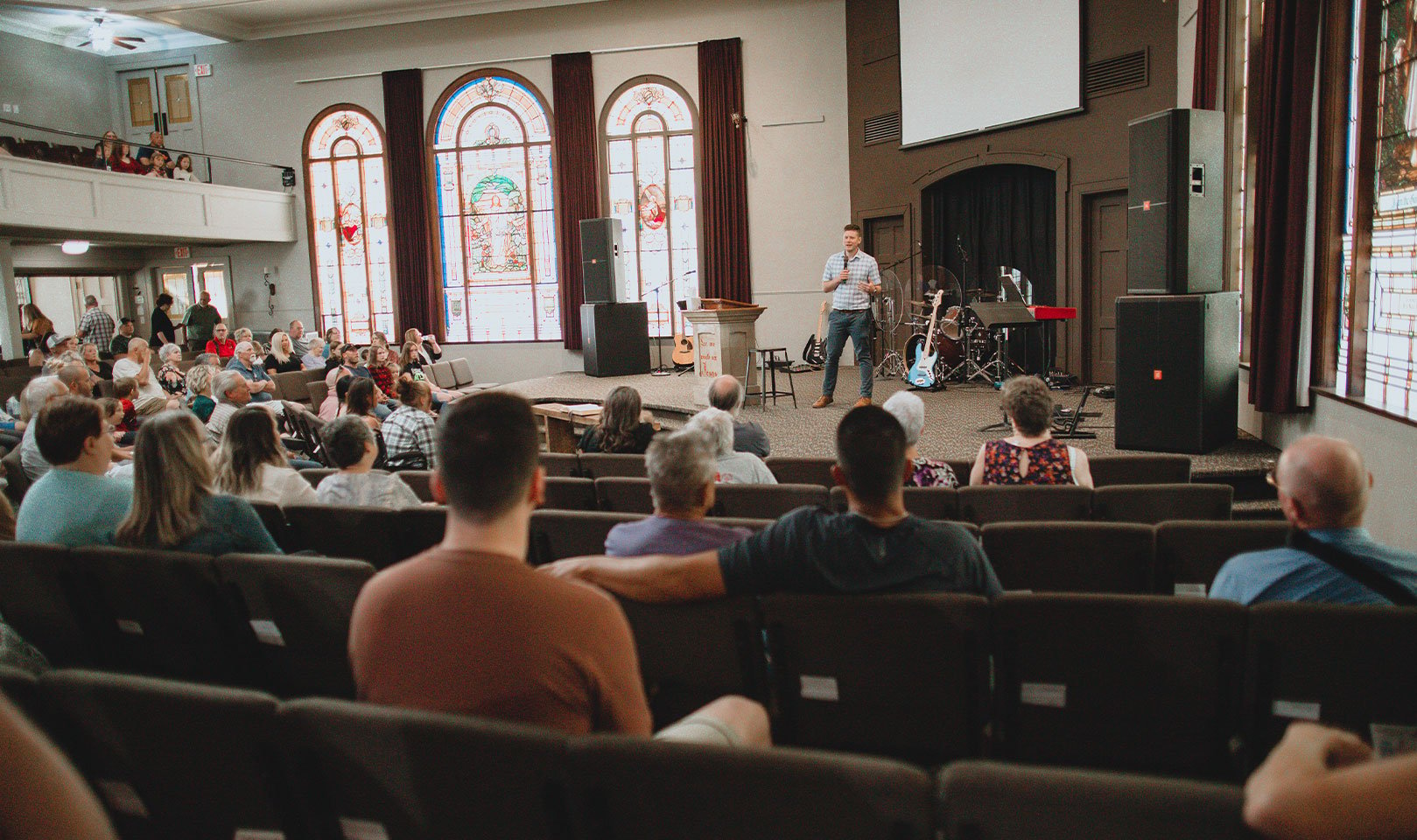
“See, I am doing a new thing! Now it springs up; do you not perceive it? I am making a way in the wilderness and streams in the wasteland.” (Isaiah...
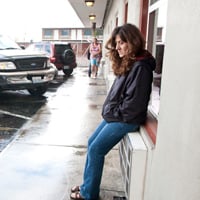
It's impossible to talk about homelessness without mentioning sin. By Rich Schaus, Director of the UGM Crisis Shelter for Women & Children While it...